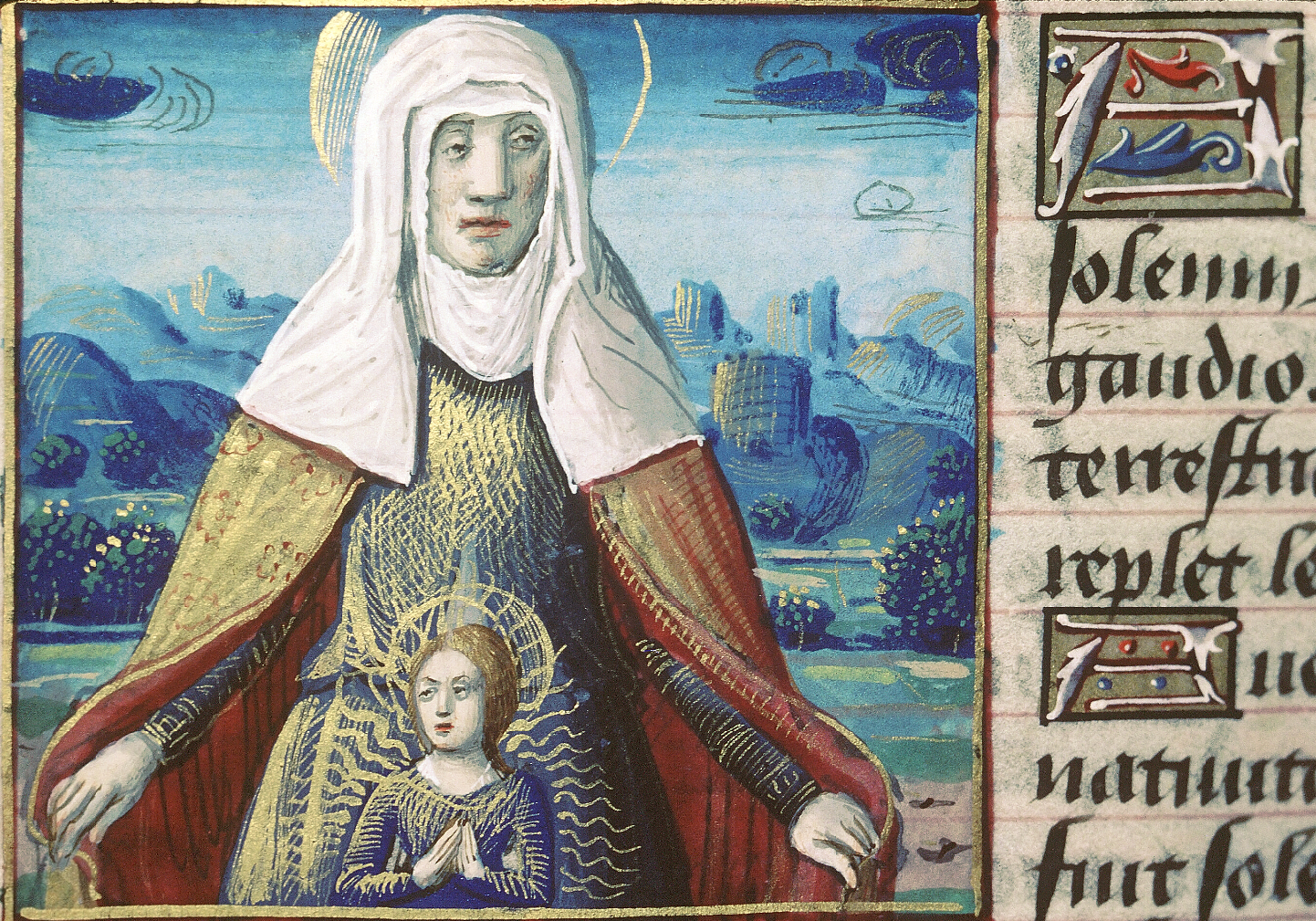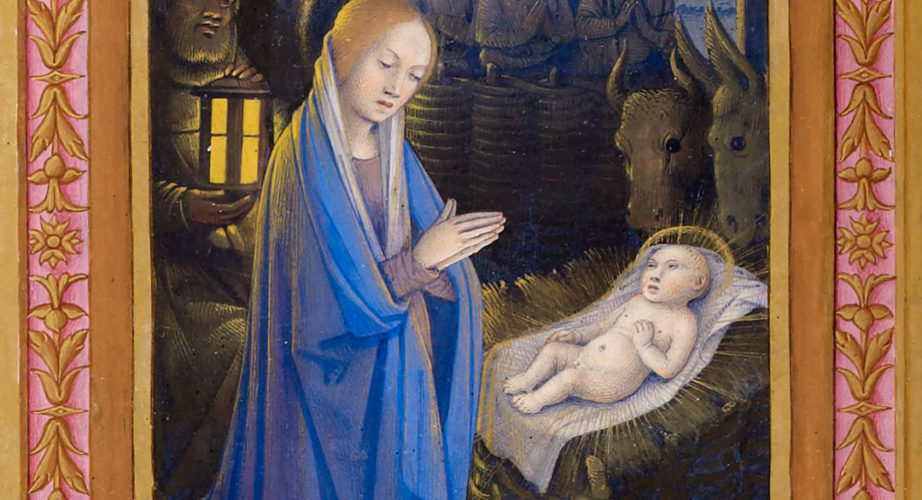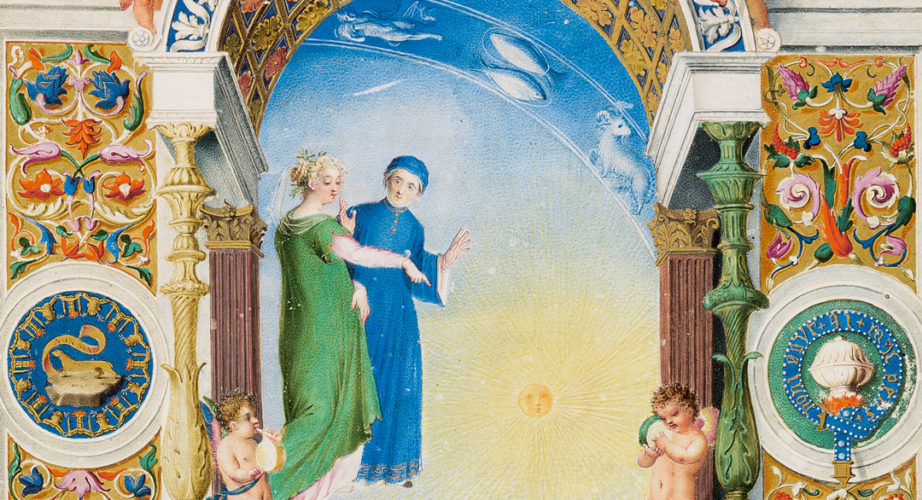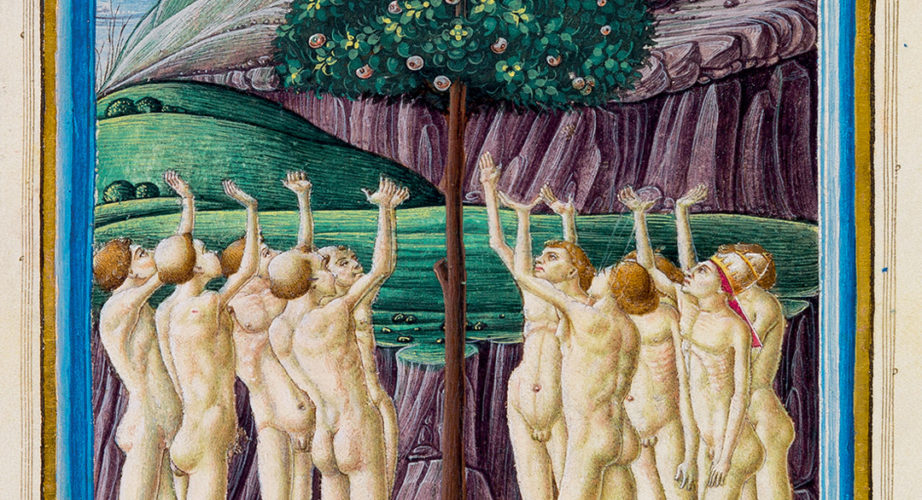IMMACULATE CONCEPTION
 The Catholic Church celebrates today the Feast of the Immaculate Conception. Not to be confused with the Virgin Birth of Jesus, the dogma of the Immaculate Conception states that the Virgin Mary was conceived in Saint Anne's womb without any trace of the original sin in view of the future merits of her son, Jesus Christ, as the Savior of the human race. This doctrine thus means that Mary herself was conceived and born with the sanctifying grace that would normally come with baptism after birth.
The conception of Mary has been celebrated around December 8 perhaps as early as the 5th century; it was not until December 8, 1854 that the Feast of the Immaculate Conception was established as part of the final definition of the dogma by pope Piux IX's Papal Bull "Ineffabili Deus". Many Catholic countries, such as Italy, Spain, Argentina, Malta, Peru, the Philippines, Portugal, Venezuela, and others, recognize December 8 as a national public holiday. In Rome, a tradition established in 1953 by Pope John XXIII entails the Pope's visit to the Column of the Immaculate Conception in Piazza di Spagna; here the Pope, as Bishop of Rome, offers expiatory prayers and the traditional flower crown to the statue of the Virgin placed on top of the Column.
"Saint Anne with the Virgin in her womb", illumination from a Book of Hours, use of Rome, ms. 2104, f. 121v, ca. 151o, Bibliothèque municipale, Tours.
The Catholic Church celebrates today the Feast of the Immaculate Conception. Not to be confused with the Virgin Birth of Jesus, the dogma of the Immaculate Conception states that the Virgin Mary was conceived in Saint Anne's womb without any trace of the original sin in view of the future merits of her son, Jesus Christ, as the Savior of the human race. This doctrine thus means that Mary herself was conceived and born with the sanctifying grace that would normally come with baptism after birth.
The conception of Mary has been celebrated around December 8 perhaps as early as the 5th century; it was not until December 8, 1854 that the Feast of the Immaculate Conception was established as part of the final definition of the dogma by pope Piux IX's Papal Bull "Ineffabili Deus". Many Catholic countries, such as Italy, Spain, Argentina, Malta, Peru, the Philippines, Portugal, Venezuela, and others, recognize December 8 as a national public holiday. In Rome, a tradition established in 1953 by Pope John XXIII entails the Pope's visit to the Column of the Immaculate Conception in Piazza di Spagna; here the Pope, as Bishop of Rome, offers expiatory prayers and the traditional flower crown to the statue of the Virgin placed on top of the Column.
"Saint Anne with the Virgin in her womb", illumination from a Book of Hours, use of Rome, ms. 2104, f. 121v, ca. 151o, Bibliothèque municipale, Tours.
Post consigliati
Happy Holidays from Folia Magazine!
Folia Magazine wishes all of you the happiest of Holidays with this delicate,…
Journey through the Dante Urbinate: Paradise, Canto I. Dante and Beatrice
The cover page of the Paradiso displays an architectural structure that is complex…
Journey through the Dante Urbinate: Purgatory, Canto XXIV. The Tree of Temperance
As the three poets continue their journey through Purgatory, they reach the sixth…


